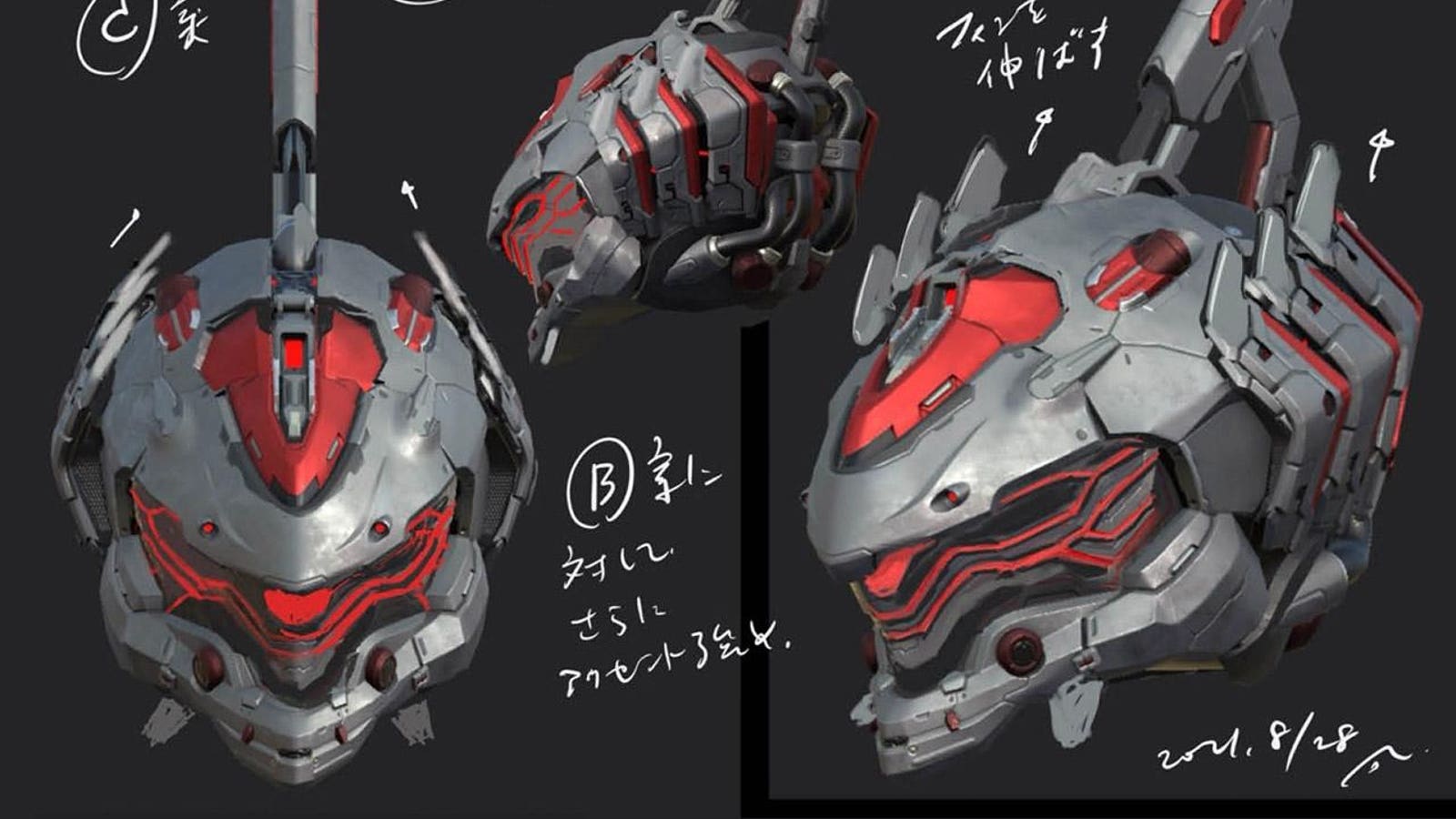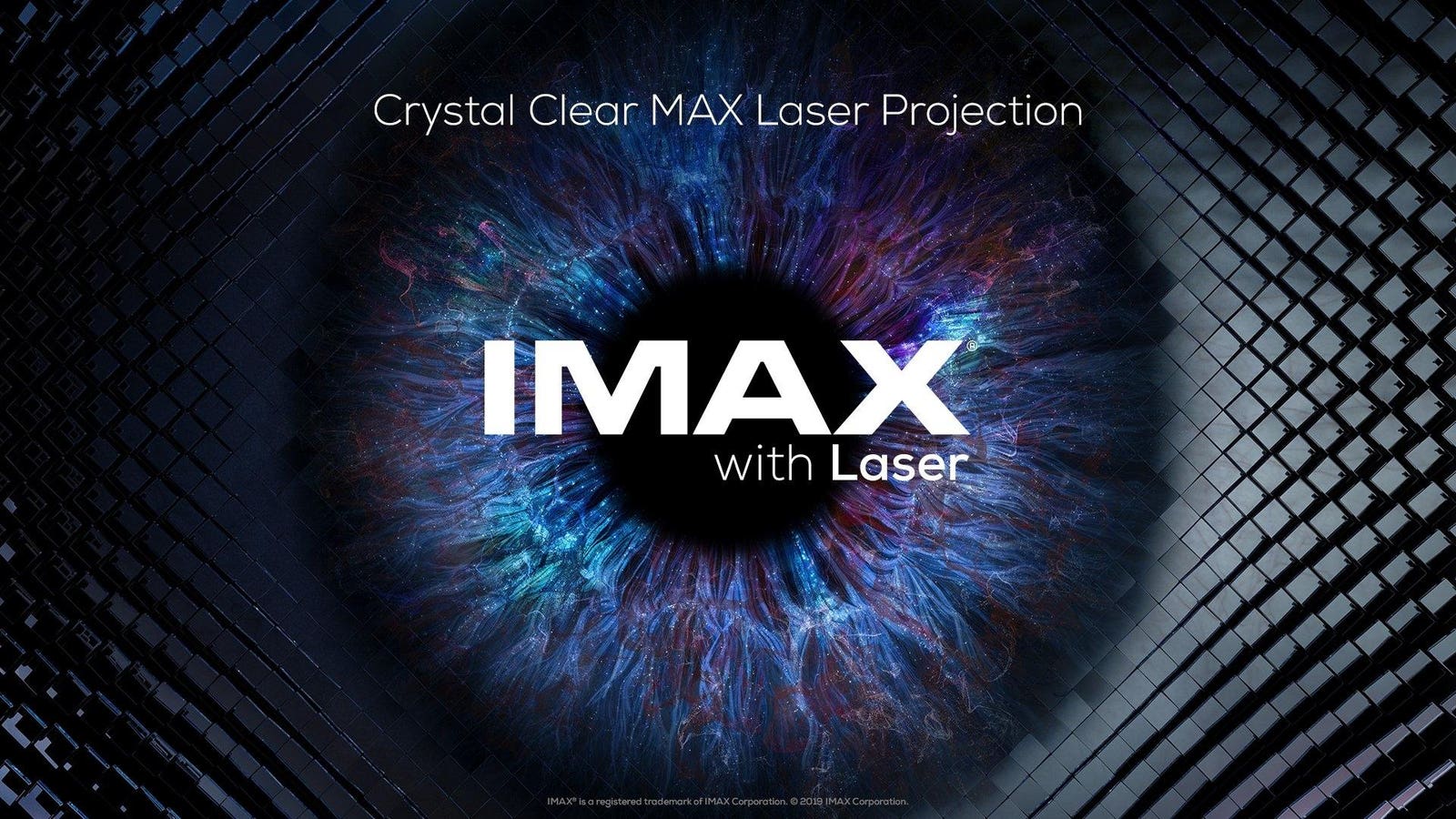Shoji Kawamori designed the mecha for ‘Daemon X Machina: Titanic Scion’.
Marvelous
With the launch of Daemon X Machina: Titanic Scion looming, I caught up with the game’s mecha designer, Shoji Kawamori, to find out more about his work on the game.
As you may know, I have interviewed Kawamori already on numerous other occasions and have covered his work on Forbes in quite some detail. So, naturally, I was elated to see that he was involved in the mecha design for this game.
However, as this is a sequel to the first Daemon X Machina, I was curious as to what changed in terms of the mecha design-related challenges this time around, something that Kawamori was kind enough to explain.
“When creating the new Daemon X Machina, the core concept itself was designed during the first game as something like a kind of “genetic code.” For example, rather than simply making details more complex to express functionality, the approach was to repeat small functional units and reflect that repetition in the overall silhouette of the design.
“Building upon this unique Daemon X Machina design “genetic code,” we then arranged and adapted it to fit new concepts, while also testing fresh ideas.
“The challenge this time was that, compared to the previous game’s large, heavily armed Arsenals, the new designs are much smaller powered armors. So, we had to find ways to prevent them from looking weaker in comparison.”
The power armor aspect of Titanic Scion is definitely new, but there’s a long and storied history when it comes to power armor design in Japan, something that Kawamori was keen to clarify.
“With large, piloted humanoid Arsenals, the proportions could be handled with a fair degree of freedom. But for powered armor, since it has to look like something the pilot is actually wearing, we can’t deviate too far from human proportions.
“Because of that limitation, we turned it into a strength, challenging ourselves to avoid overly stretched-out, giant-robot proportions, and instead bring out an appealing sense of realism as wearable equipment.
“The difficulty here, however, is that powered suits already have a great precedent: the Starship Troopers power suits designed by my seniors at Studio Nue. So we had to search for new forms of design expression that wouldn’t resemble that classic example.
“For the main powered armor, I helped reflect the Daemon X Machina design “genetic code” into the versions created by Kenichiro Tsukuda and his team. For the other powered armors, I made sure to give them clearly distinct styling so they would stand apart at a glance.
“In addition, for this installment, I was first surprised by the shift in direction; intentionally setting aside the uniquely 2D anime-style graphics from the previous game and moving toward an open-world expression.
“At the same time, since I personally prefer new challenges over repeating the same thing, this was a very stimulating experience.
“With the 2D anime feel gone and the switch from large Arsenals to life-sized powered armors, the addition of transforming machines provided a kind of “Japanimation” element that I think helps keep the balance.
The new Arsenals in ‘Daemon X Machina: Titanic Scion’ are much smaller and are effectively power armor.
Marvelous
“For the transforming machines, though, we had to rethink the concept of transformation compared to Macross’ Valkyries, which are based on variable aircraft logic, or Aquarion, which is rooted in mythological combination and transformation.
“So, in order to keep the smaller powered armors from looking too plain, this time we tried transformations that emphasized functionality but also leaned slightly more toward sci-fi mecha style, with a touch of spectacle, rather than being purely realistic weapons.
Considering that Tsukuda and Kawamori also worked on many of the classic Armored Core games together, I wanted to know how, this time for Titanic Scion, Kawamori was able to differentiate the game’s mecha design.
“I’ve been involved with the Armored Core series since the very first development, so it’s already been about 30 years. By now, it can be said to have its own long history. Working together with Tsukuda on Armored Core is also a very precious memory for me. Because I love Armored Core so much, when starting Daemon X Machina, one of the biggest challenges was figuring out how to differentiate it.
“With series like Macross’ Valkyries (aircraft-based) or Aquarion (myth and combination-based), the conceptual differences are clear. But since both Armored Core and Daemon X Machina focus on humanoid machines, this was a much harder hurdle.
“In Armored Core, no matter how much you swapped out arm and leg units, one way we differentiated it from other works was by designing a bulky, elongated torso (the “core,” including cockpit and main engine), longer front-to-back than side-to-side, to reduced the projected frontal area while increasing bullet resistance. That became the series’ key design concept, its “genetic code.”
“By contrast, Daemon X Machina is still a young series, and within a crowded field of military-style robot anime and games, it needed novelty and distinction.
“So, instead of centering everything on a bulky core, Daemon X Machina takes a different approach: constructing the machines from the relationships between smaller units. The repetition of functional small units is an important factor here.
“Another key point, as Tsukuda may have mentioned, is adding a new sense of heroism to the styling, as sci-fi mecha. This is a different angle from Armored Core, where intentionally removing heroic elements from the individual units, only for them to assemble into humanoid forms, paradoxically created a kind of heroism.
“Because they’re mass-produced machines, it’s more rational and cost-effective to make units of the same type or to similar standards. But in Daemon X Machina, by arranging those same-type small units according to a set of rules invented for the series, we challenged ourselves to create a new kind of heroism and character identity.”
Finishing up, I was curious as to what Kawamori was most proud of in his work on Titanic Scion.
“Honestly, everything I’ve said so far (laughs). And of course, I’m deeply grateful to Tsukuda and the entire development staff for successfully bringing all these challenges to life in the game.
“If I had to highlight just one thing, I’d say the transforming bike feels like a real innovation. There have been many transforming bikes before, and I’ve personally designed several variable bikes myself. But I think it’s rare to see one where the tire itself transforms into a weapon.
“Being able to express that using the Daemon X Machina design “genetic code” of repeating small, same-type units gave me a strong sense of accomplishment.”
Daemon X Machina: Titanic Scion is released on September 5 for Switch 2, PlayStation 5, Xbox Series X|S, and PC via Steam.
Follow me on X, Facebook and YouTube. I also manage Mecha Damashii and am currently featured in the Giant Robots exhibition currently touring Japan.









